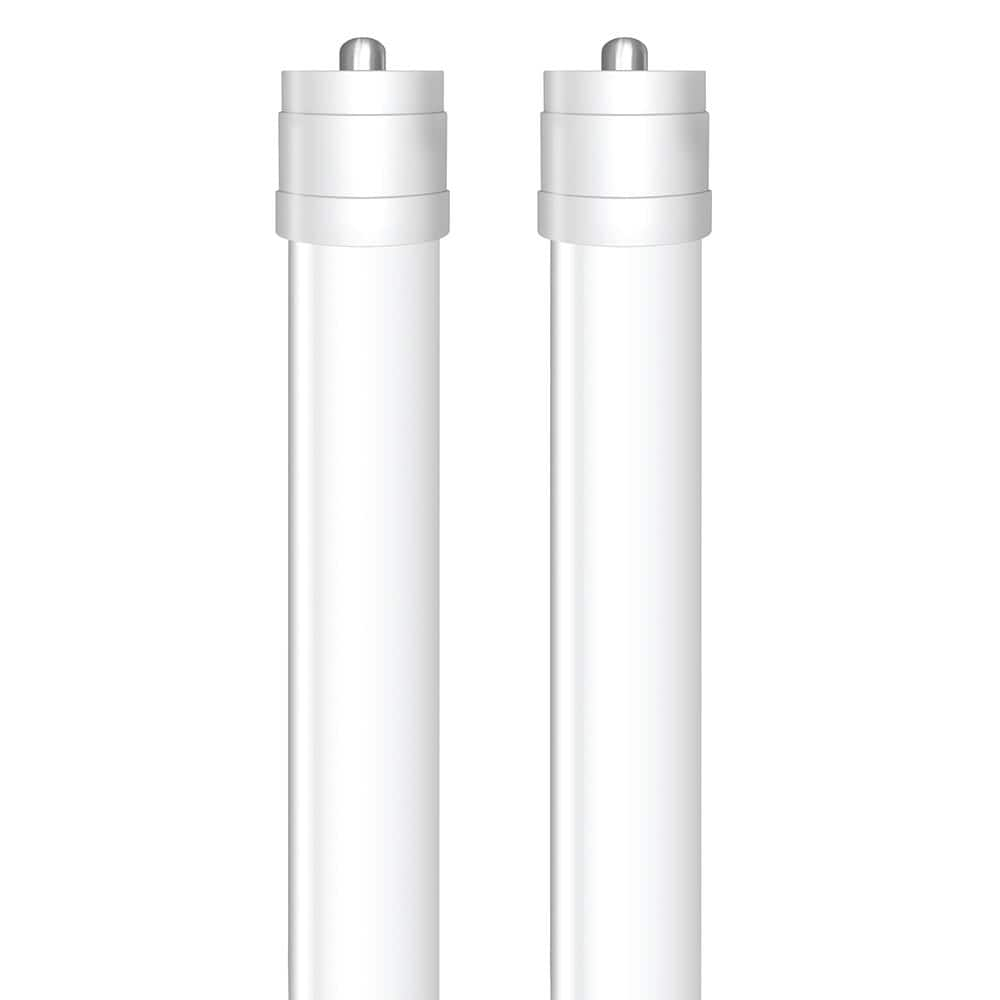One of the 8' fluorescent lights in my garage went half out. Time to convert to LED.
I see two types of retrofit fits. One kit used T8 sockets and 4' LED bulbs. The other uses 4' magnetic LED light strips.
I want to gut what is there but not replace the shell
3 fixtures, so a total of 6 8FT bulbs
Any experience with one easier or better than another?
I see two types of retrofit fits. One kit used T8 sockets and 4' LED bulbs. The other uses 4' magnetic LED light strips.
I want to gut what is there but not replace the shell
3 fixtures, so a total of 6 8FT bulbs
Any experience with one easier or better than another?

